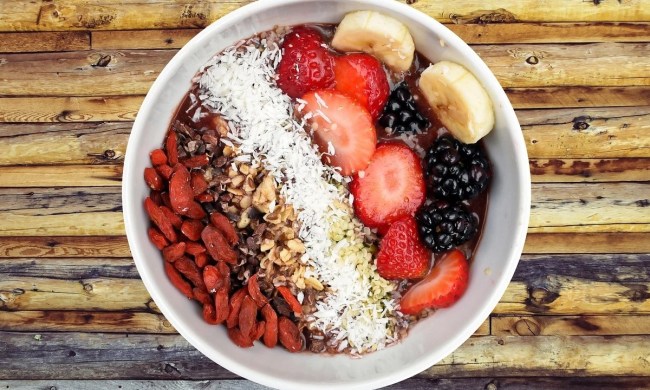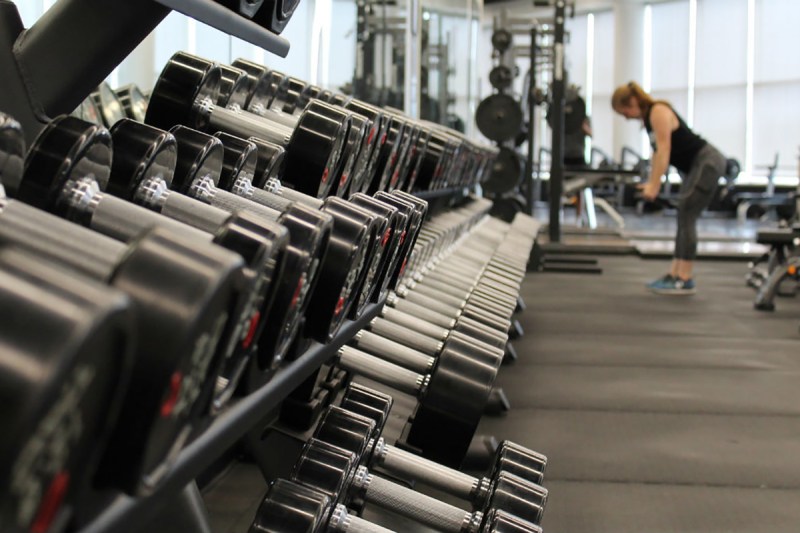
Want to learn how to lose weight at the gym in an efficient and effective manner? When you’re getting started, you will want to consider things like how often you will go, how long you’ll work out for, and what your overall goals are. Having a realistic and sustainable plan is key to ensuring you don’t burn out or get discouraged and want to quit.
Living with a healthy weight comes with loads of benefits. Being overweight puts you at risk for medical conditions like heart disease, stroke, high blood pressure (hypertension), diabetes, and a general reduction in quality of life.
To achieve a healthy weight, lifestyle changes involving exercise, nutrition, and general daily habit adjustments are necessary. Here are some gym workouts to lose weight that you can use to be successful on your journey to better health.
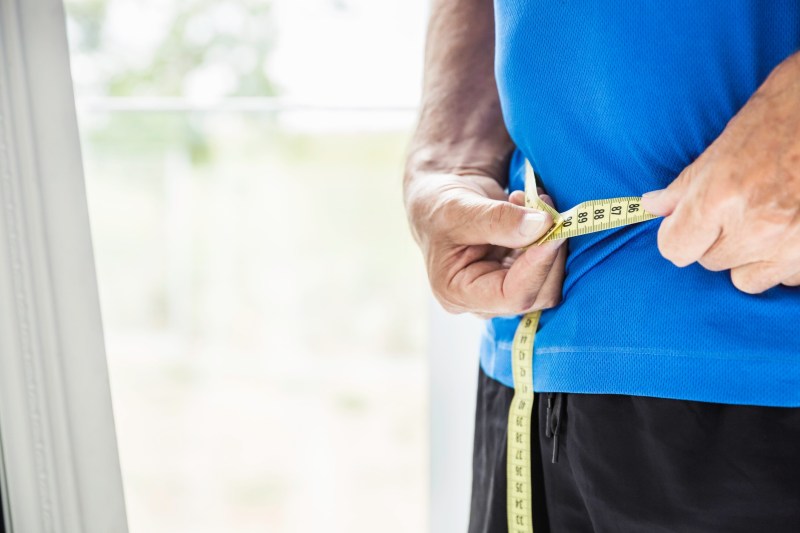
Keep your expectations realistic
Never fall for an outright scam promising that losing weight will be easy and quick. The most effective recommendation for long-term weight management entails a consistent weight loss of one to two pounds per week. You may also find that you lose weight more easily at the beginning of your journey than at the end, and try to remember that this is normal.
When you do start to lose weight, you may find yourself fixated on the number on the scale. While you generally want that number to go down, it is important to keep in mind that you will also be gaining muscle, and therefore weight, while you are exercising at the gym. There is nothing wrong with weighing yourself every once in a while to keep track of your progress but also take into account waist and hip measurements, progress photos, and how your clothes fit.
Here’s a tip to give you a reasonable expectation – be SMART. This means you should start with a Specific plan that should be Measurable, Achievable, Realistic, and Time-bound (SMART).
9 ways to get closer to your weight loss goal
1. Fuel your body before your workout
A low-carb diet is associated with many health benefits, including the promotion of weight loss, improvement of blood sugar control, and good cholesterol levels. This makes it a great way to fuel your body before working out or when you are on your way to the gym to achieve your body goals.
Exercise lowers your blood sugar and, without caloric fuel, can lead to hypoglycemia. Luckily, an adequate amount of carbohydrates can provide the energy you need to have a great workout. It does this by breaking down into glucose and entering your muscle cells to provide fuel during exercise. It always helps to have that extra glucose on hand to help prevent the feeling of weakness or tiredness during movement!
2. Prioritize compound movements
Exercise can be graded as isolation and compound exercises. Isolation movements usually involve only one joint and the training of one major muscle, while compound movements involve one, two, or more joints and train multiple muscle groups.
These multi-joint exercises are most effective in helping you burn off extra calories. They kill two birds with one stone by helping you lose weight while building muscles and strength. Compound movements put you through greater energy expenditure while stimulating more muscle groups and bringing about an increased metabolic output.
A few examples of compound movements are the bench press, deadlift, squats, leg press, and military press. These should always be present in your workouts, and make sure to begin every exercise session with them because they are more strenuous and require a lot of your energy.
3. Keep the rest minimal
Rest periods are an important variable in every exercise, and they depend on your desired fitness goal, the amount of weight you are moving, and your
A rest period of 30 seconds to two minutes is recommended between sets, and these breaks enable the muscles to take a breather while you keep your heart rate up and stay in an optimal fat-burning zone. For a general guide, give yourself 30 seconds of rest with isolation movements and one to two minutes with compound movements.
4. Put in the effort
You are ready for this; that’s why you are here! Losing weight can be demanding. It takes time and effort, but understand that the weight you lose is dependent on the amount of energy you expend. This means you’ll need to put in as much work as possible and do what you can to stay motivated and encouraged. Simply put, you get what you give. So, let the gym be for more work and less play. Put in all the work you need to achieve your desired outcome.
5. Finish off your workout with cardio
Cardiovascular activities are aerobic activities that can be performed at a low, moderate, or high intensity and use oxygen to turn glucose into fuel. Whether skipping, walking, or running on a treadmill, cardio helps increase your metabolism and burn calories. It’s best to do these activities after your strength training session, so you do not go into your muscle-building exercises with a lack of energy.
Choose cardio activities that you enjoy and know you won’t drag your feet to start, but also make sure what you choose is effective and gets you closer to your weight loss goal. A great example is HIIT, which is a fun and exciting way to switch up your workouts and add a little extra intensity!
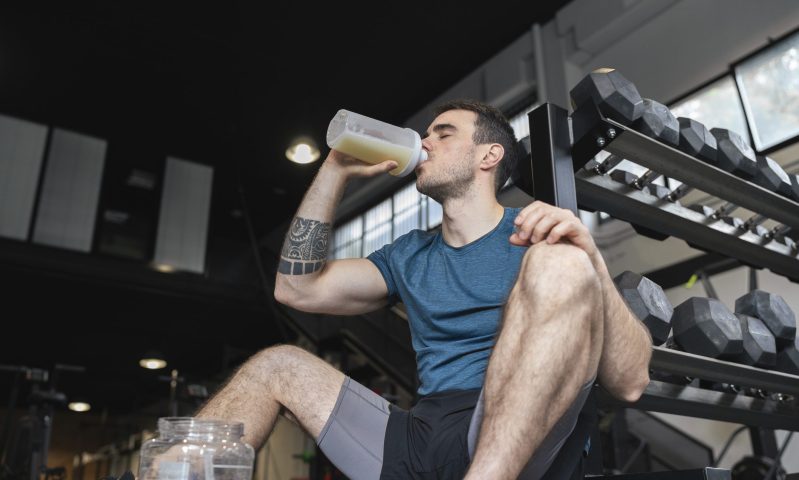
6. Grab a post-workout protein shake
Protein is vital for muscle repair and growth. Taking fast-absorbing proteins in the form of powders and shakes delivers amino acids into your bloodstream fast at the point when they’re needed the most. This will help your tired muscles recover quickly and rebound back even stronger. Try having a serving of protein powder within 30 minutes of exercise to see great results!
7. Stay consistent
Overlooking consistency in weight loss is the best way not to see results. The biggest weight loss advice you can ever get is to do the right things consistently. This is the key to achieving your goals. Nearly everyone wants to be at a healthy weight, but not everyone stays disciplined enough to achieve this. You’ve got to stick with those healthy habits and commit to performing them every day!
8. What happens outside the gym matters, too
Your body uses up a lot of energy in the course of a workout. So, what you do after really matters because your diet, sleep, and exercise influence each other. While you may look to prioritize one over the others because of your busy schedule, none is of less importance.
For example, getting enough sleep is vital for muscle tissue recovery after a grueling workout. Eating a healthy, balanced diet has been shown to reduce the risk of countless health conditions ranging from heart disease and stroke to diabetes and obesity, and it can even affect your mental health. Putting the effort into making sure you eat healthily and sleep well, in addition to making it to the gym regularly, will deliver you the weight loss results you desire and optimize your overall well-being.
9. Find a workout buddy (or buddies)
Let’s face it, working out alone can get boring. Sure, you can listen to a great podcast while you’re working out, but nothing replaces real conversation with a friend to help the time go by and make working out easier, especially when you’re just starting out. As you begin your weight-loss journey, consider asking a friend or friends to work out with you. Besides making workouts more fun, starting a
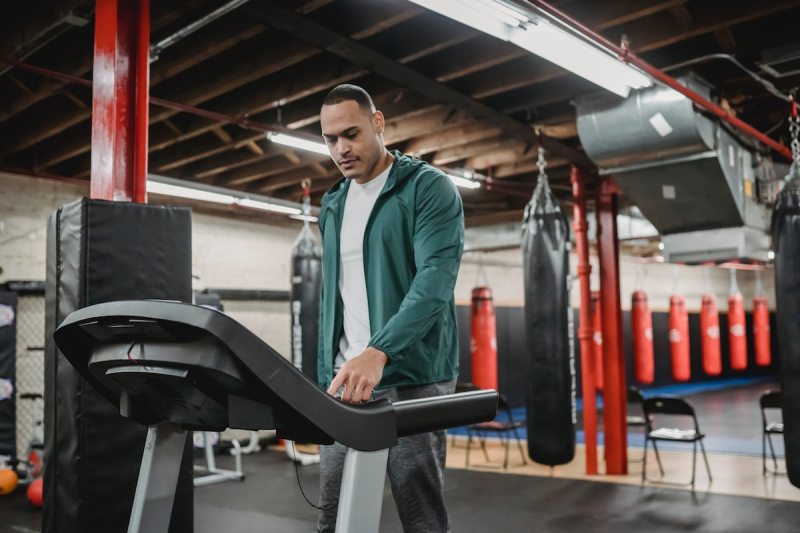
No matter what, keep pushing forward
When you decide to start losing weight, there is little time for excuses. Setbacks will most likely come but be sure not to look for a reason to justify them – don’t be too discouraged by them, either! The ultimate goal, as much as you may want to say aesthetics or a summer body, is health and the steady rewards of wellness. It is easiest for you to attain this if you can keep up with the balanced, consistent moves of proper diet, sleep, and exercise. You are here and ready to make a positive change. Keep at it, and you will attain your desired outcome.




